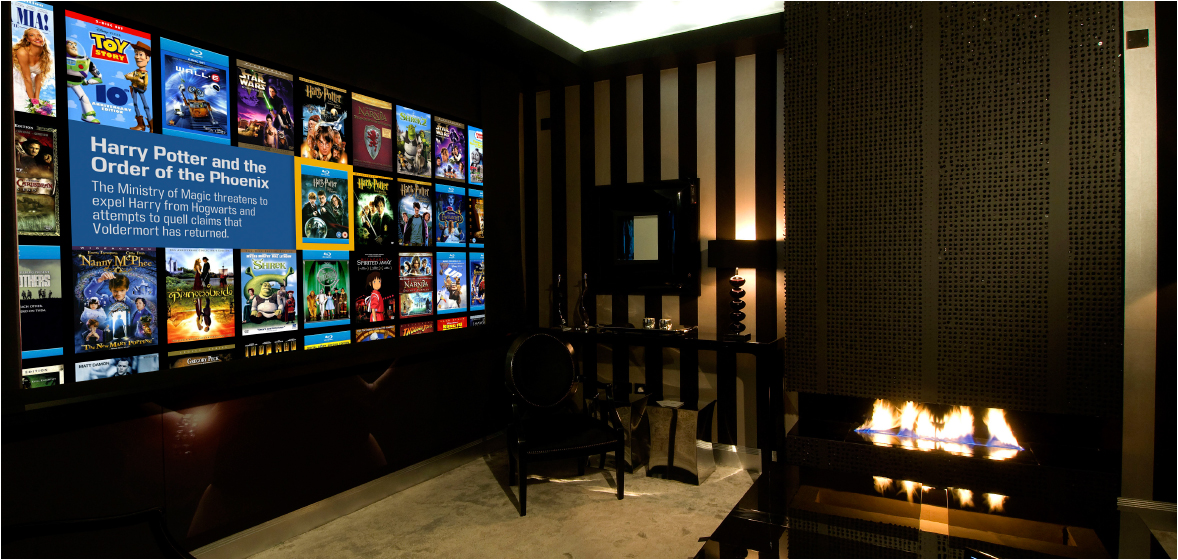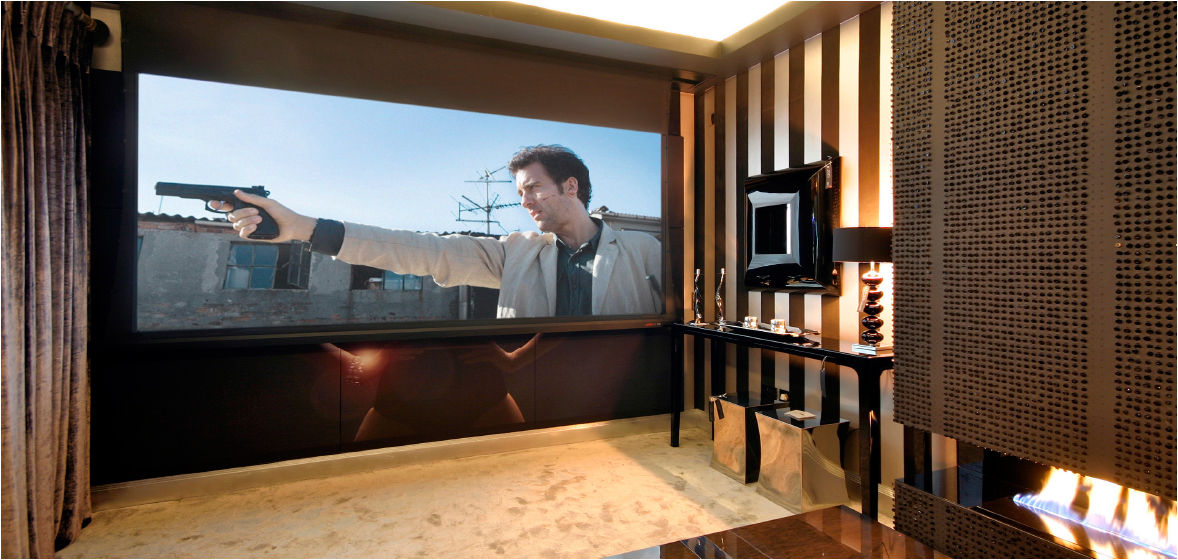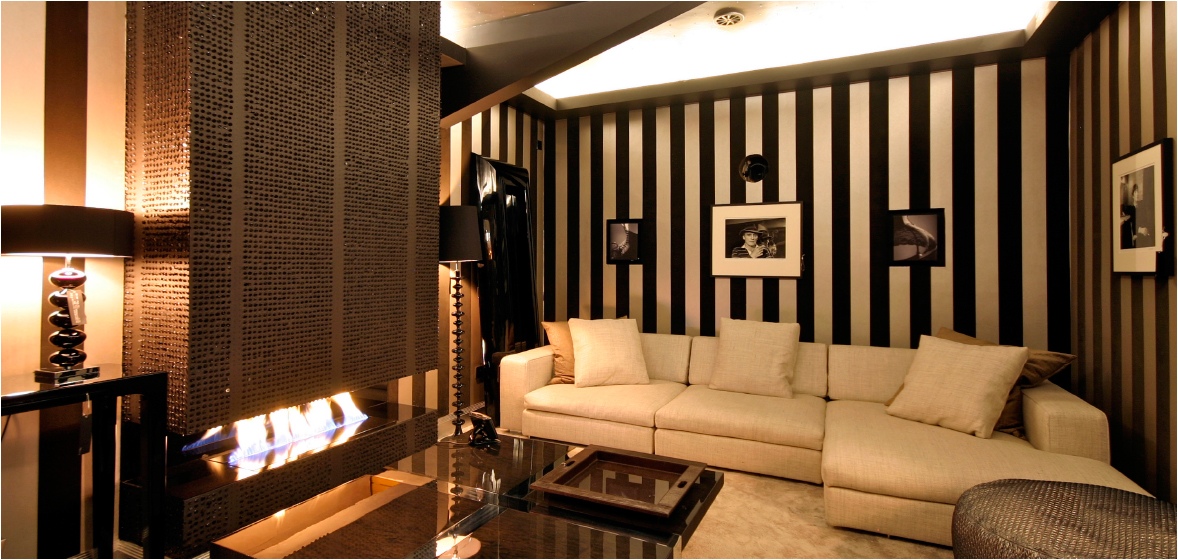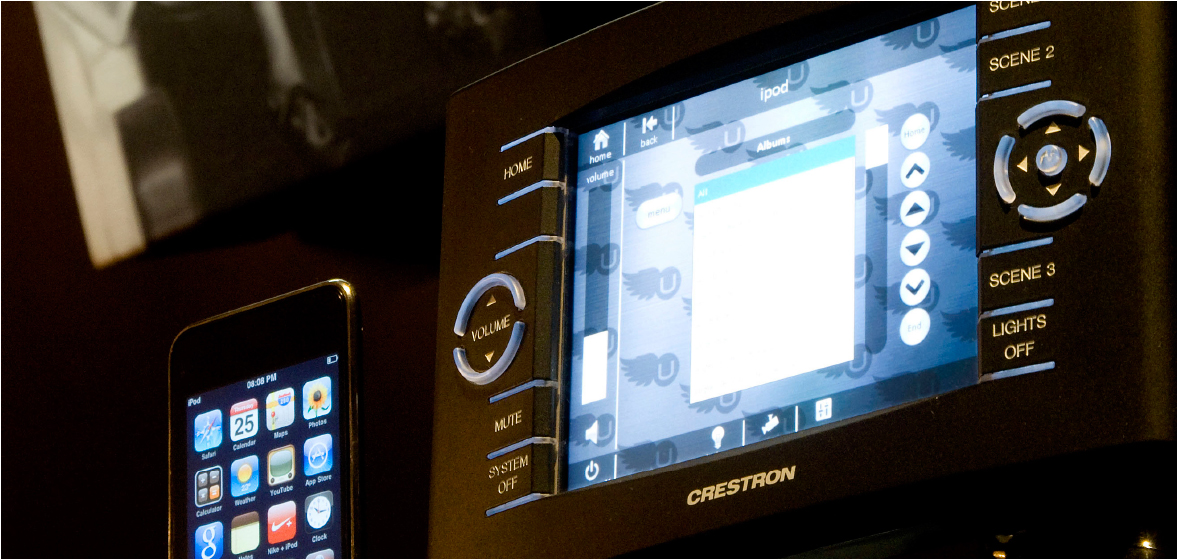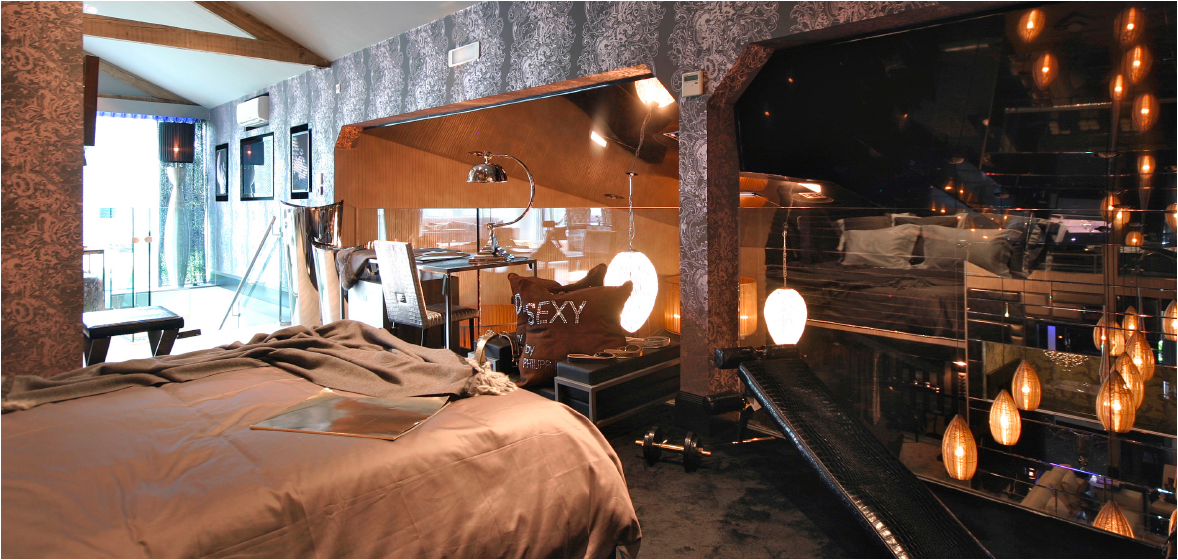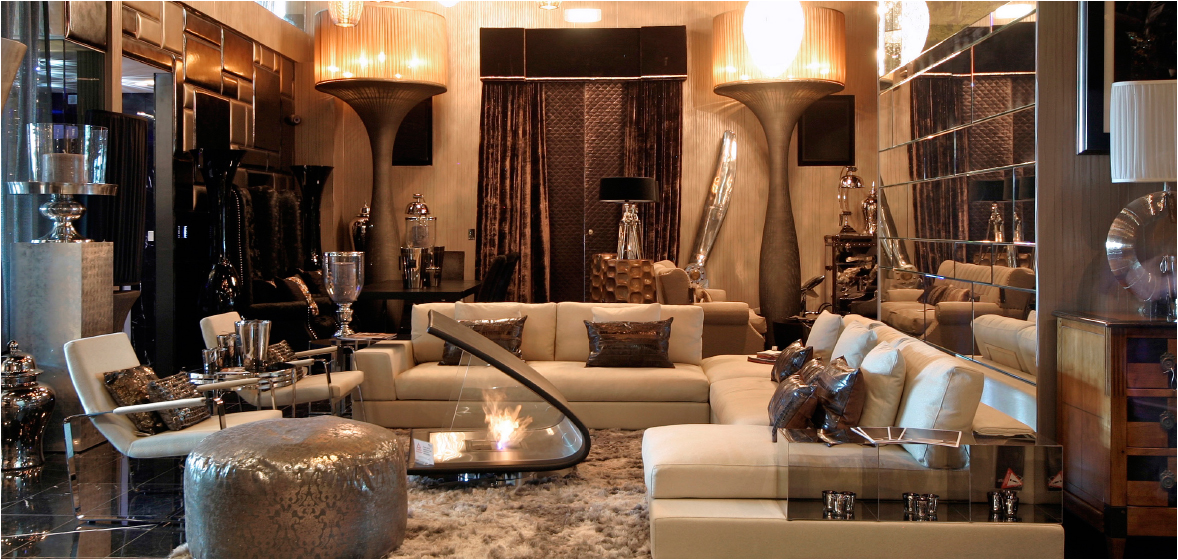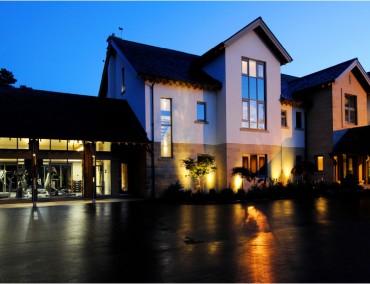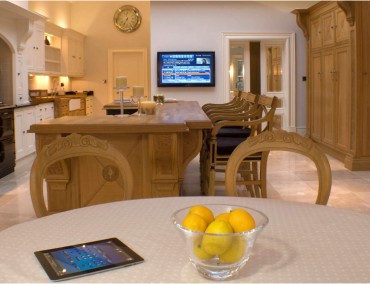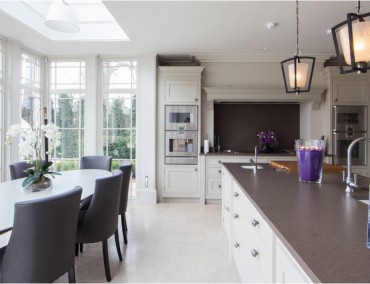The Brief
Located within a brand new design centre in the heart of Cheshire, this room was designed to showcase cutting edge interior design and demonstrate that an interior scheme doesn’t have to be forfeited in order to enjoy the benefits that the latest technology can offer.
The Proposal
The layout and interior scheme for this room had already been finalised before we were briefed. The concept was simple; install the most impressive integrated cinema and media system into the room but without any technology being visible – at all. It was a requirement to show audio video content and how easily this could be accessed and utilised by any family member, but also to integrate security technologies, lighting and parts of the interior design itself. All of this was intended to showcase a truly integrated space, without sacrificing the interior designer’s vision.
The Technology
Low-level music could be played constantly in the room from an invisible source. Artcoustic Spitfire Monitor speakers and subwoofer were concealed in the front panelled wall section, behind an acoustically transparent printed image chosen by the interior designer. To provide surround effects, two Artcoustic Diablo Monitor speakers were recessed into the rear wall, with custom printed digital images. The entire front wall not only concealed the front speaker system but also housed a Future Automation moving panel mechanism with a 50” Pioneer plasma hidden within. At the touch of a button the plasma screen could recede back into the wall as a 130” 2.35:1 Screen Research anamorphic projection screen descended from the ceiling, filling the entire front wall. A SIM2 HT3000 projector paired with an ISCO motorised lens mechanism could display high definition images on the staggeringly large screen that leaves visitors literally awestruck. The system was configured to automatically switch between 16:9 standard widescreen and the anamorphic system depending on the content being viewed – alternatively, the control system allowed users to manually select between the two modes.
The Installation
This system provided a mind-blowing cinema experience, which could literally appear from nowhere. When guests walked into the room there was absolutely no technology on show other than a discreet tabletop control panel. Many people didn’t even realise that there was a cinema system present. Both the plasma and projector could display images from a Blu-Ray player, Kaleidescape player, Sky+HD receiver and a Sony PS3 – all in HD and distributed through a HDMI matrix switch. A Crestron TPS-6X wireless touch panel controller provided complete control over the room, allowing intuitive operation of the system to the extent that guests could simply pick up the controller themselves and operate the system without any instruction. The TPS-6X provided complete selection and control over all of the AV sources, selection between the plasma and projection system, and additionally, provided automated and direct control over the Lutron lighting system and fireplace, which could be turned on and adjusted. When docked the controller provided viewing of CCTV images from around the building, and when not in its dock, the CCTV images could be sent to the display device, allowing complete monitoring of the security system. We also introduced a “roaming” iPad for complete control over the premises for AV, Lighting & CCTV.
The Challenges
Create an award-winning cinema within a design studio/ public environment that demonstrated what could be achieved within a residential home. We needed the control interface to be so user friendly that not only staff members could pick it up for demonstrations, but also the general public could use it too.
The Follow Up
The installation has been an unreserved success, with both the client and guests all commenting upon how they couldn’t believe that the system was there at all and the sheer quality and magnitude of the experience. This installation has converted those who were averse to technology and who wrongly imagined it would take over their homes. The system demonstrated that a reference quality system could be seamlessly integrated into a room with tight design constraints without sacrificing quality or performance.

